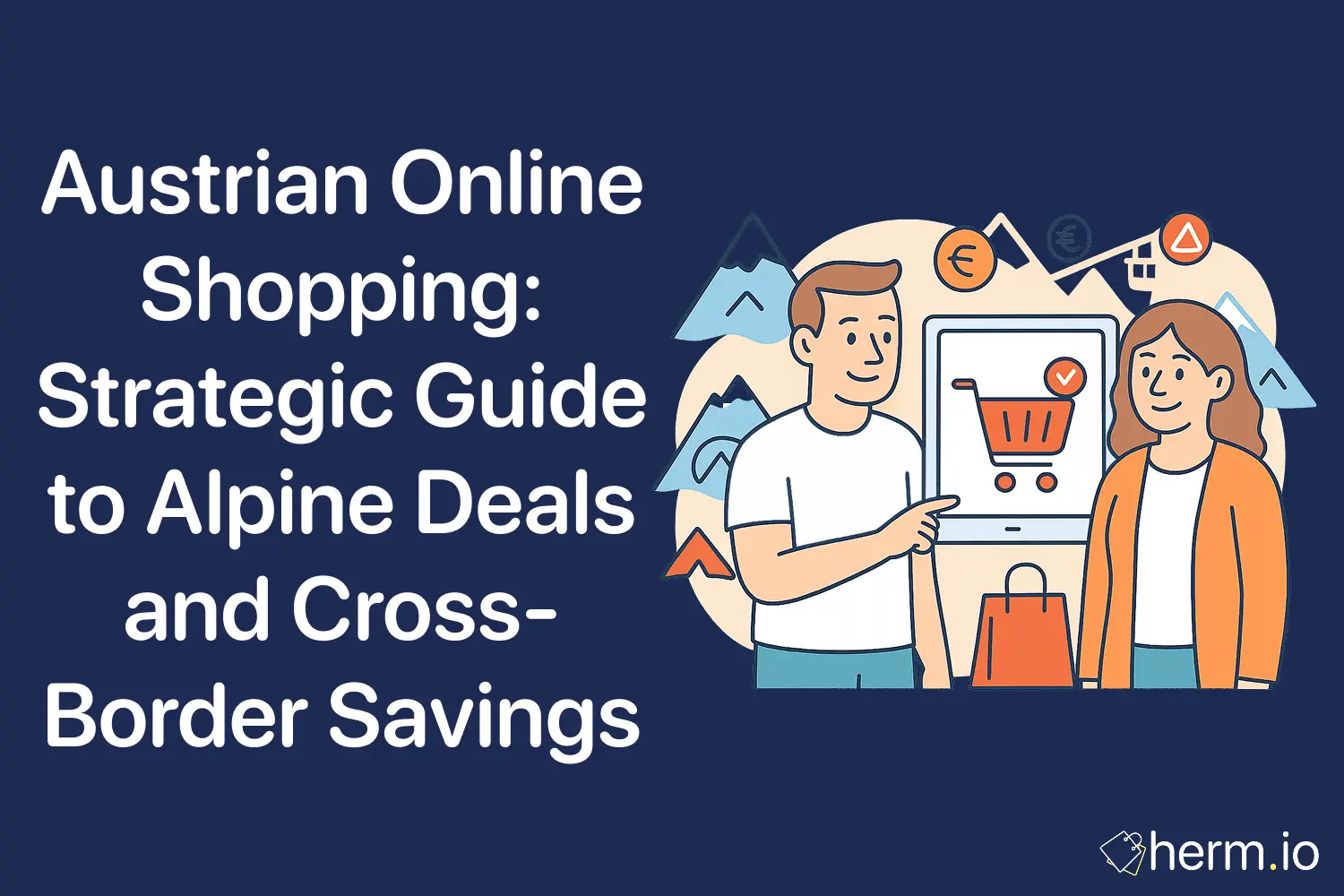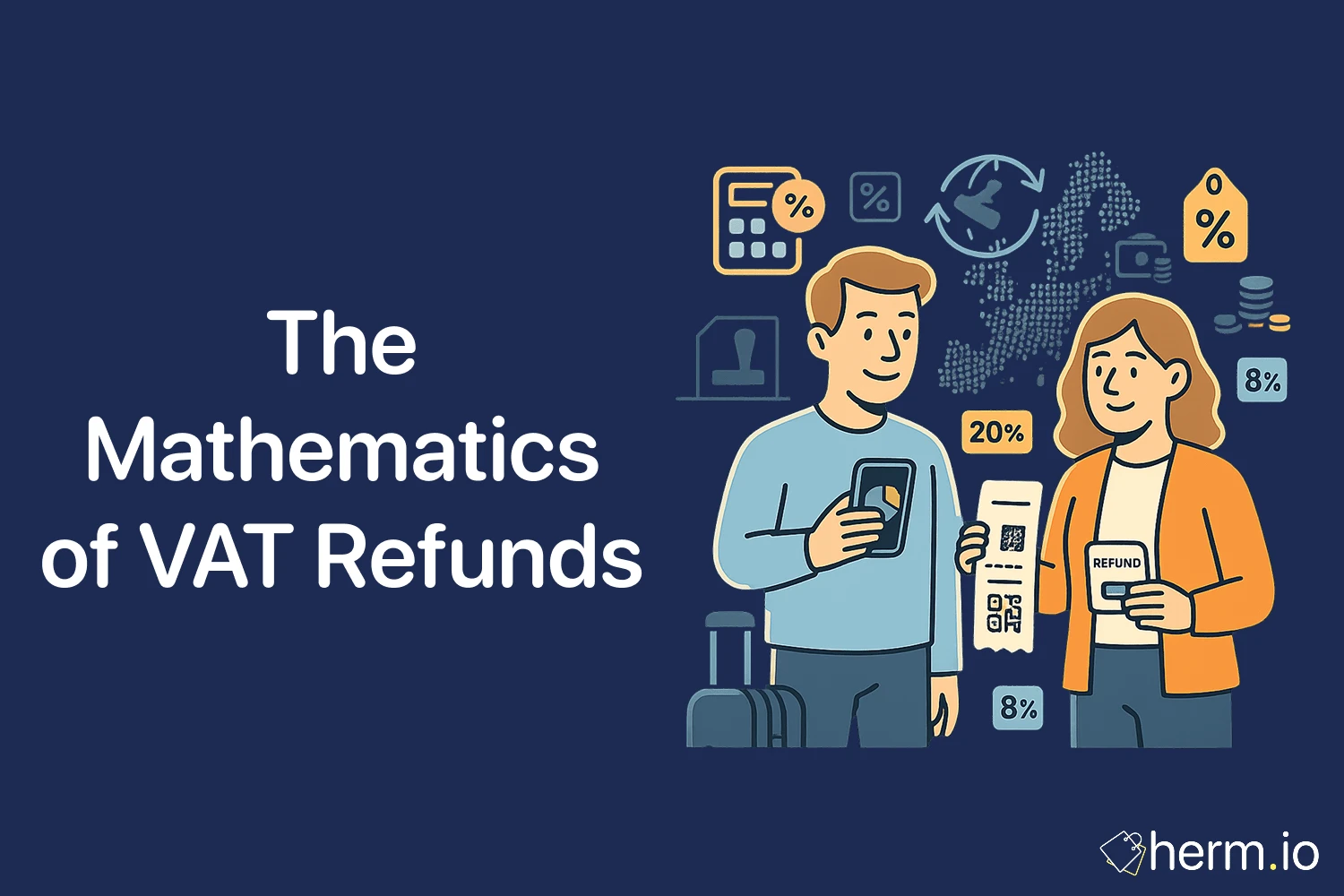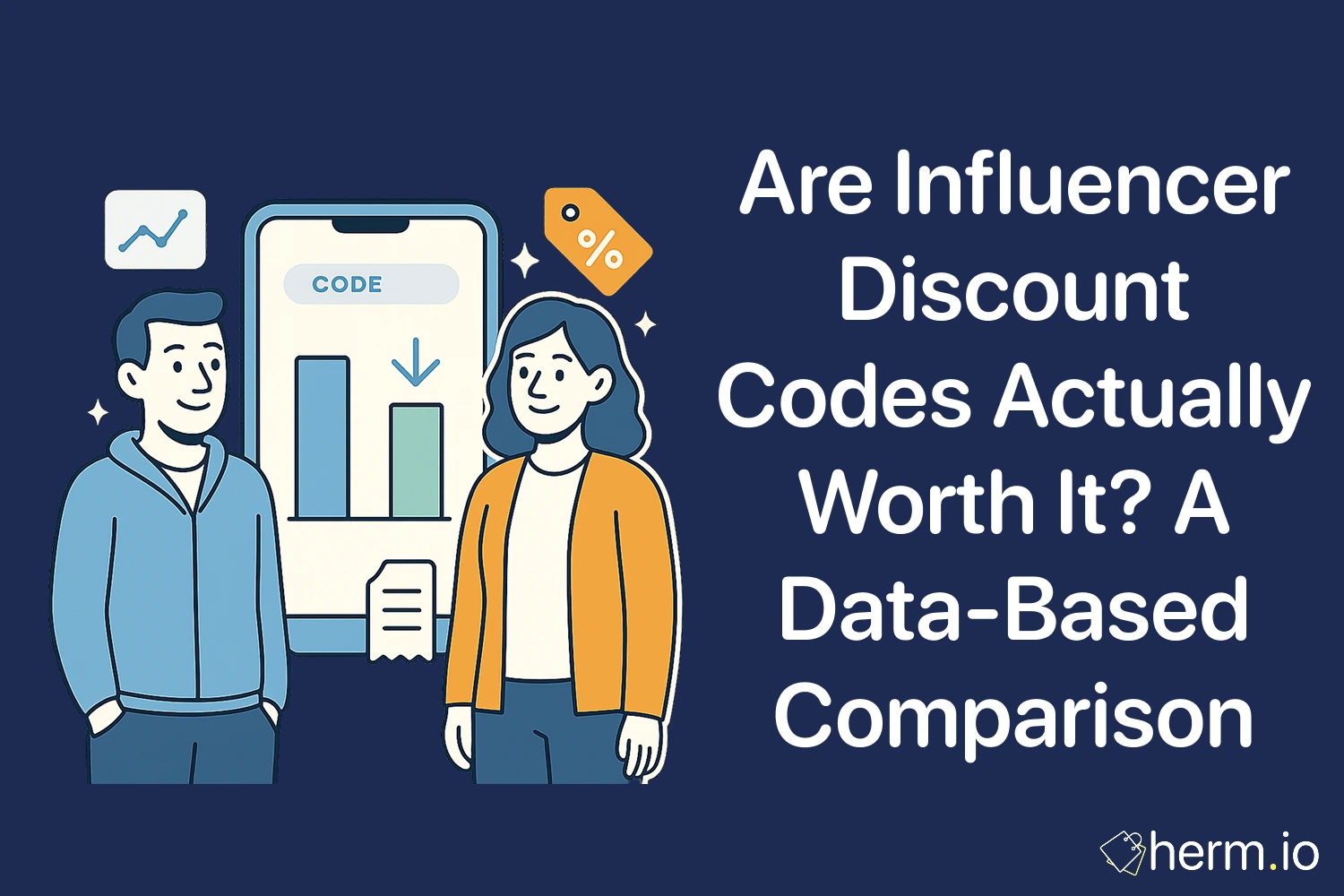
Austrian e-commerce delivers on efficiency rather than flash. The market runs lean: fewer mega-marketplaces, more specialist shops with actual product knowledge, and logistics that work. Your job is to extract maximum value from this setup whilst managing the German cross-border opportunity without wasting money on shipping or returns.
The returns calculation matters more than the sticker price. An Austrian shop charging €30 more with free returns often beats a German site that's cheaper but charges €12 to send items back. Run the full-cost analysis before you click buy.
Quick Wins: Implement These Today
- Sign up for 2-3 Austrian specialist shop newsletters in categories you actually buy from; outlet drops arrive via email first
- Set price-drop alerts on 3-4 items you'll purchase this quarter; popular sizes vanish within hours during sales events
- Map your typical basket to free shipping thresholds; add consumables (wax, socks, maintenance items) to tip orders over the line
- Check return policies before ordering sized items; free returns justify trying multiple sizes, paid returns don't
How Austrian E-Commerce Actually Works
Austrian online retail prioritises substance over scale. You won't find endless marketplace listings; instead, you'll encounter category specialists who stock deep rather than wide. Electronics retailers know sensor specs. Sports shops understand boot flex ratings and binding DIN ranges. This expertise translates to better pre-purchase advice and more competent after-sales support.
Delivery infrastructure performs reliably. Major cities—Vienna, Graz, Linz, Salzburg, Innsbruck—see standard 1-3 day delivery. Rural and alpine areas add a day, occasionally two for genuinely remote valleys. Carriers integrate with pickup networks; click-and-collect bypasses delivery fees entirely when the threshold matters.
Pricing displays transparently. VAT is included in listed prices, not added at checkout. Shipping costs appear early in the purchase flow. Return windows run 14 days minimum, often extending during holiday periods. This clarity speeds decision-making; you're not hunting for hidden fees or surprise charges.
The returns framework needs attention. Austrian shops typically offer straightforward returns within the country. Cross-border returns—especially to Germany—introduce variables: who pays postage, which carrier is specified, whether heavy items (skis, fitness equipment) incur extra fees. Read the returns page before you order anything you might send back.
Winter Sports Equipment: Strategic Buying
Austria's Alpine culture means winter sports retail is sophisticated and competitive. Shops understand technical specifications, competitive pricing exists during season, and genuine expertise is available. Your advantage comes from timing purchases and understanding what specifications actually matter.
Seasonal timing breaks into three phases:
September to November represents pre-season. Selection is complete, size runs are full, new models are in stock. Prices sit at peak levels but you'll secure exact fits and preferred colours. If boot fit is critical or you need specific technical specs, buy now.
December to February is peak season. Accessories (helmets, goggles, base layers) see promotional pricing. Bundle deals combine complementary items at genuine discounts. Focus on completing your kit rather than buying big-ticket hardgoods.
March to April delivers end-of-season clearance. Expect 30-60% reductions on skis, boards, and prior-season apparel. If your sizing is straightforward and you don't need this season's graphics, wait for this window. Last year's model typically equals this year's performance with different cosmetics.
Technical specifications to prioritise:
Ski boots require precise matching. Last index (shell width: 98mm narrow, 100-102mm medium, 103mm+ wide) must suit your foot. Flex rating should match your ability level and weight. Mondo sizing (centimetres) eliminates brand variation. Austrian retailers often include bootfitter notes in product descriptions—use them.
Skis and snowboards need appropriate sidecut radius and waist width. Shorter radius suits carved turns; longer radius provides freeride stability. Waist width should match typical snow conditions and your riding style. Check binding compatibility: are bindings included, do they fit your boot sole length, does the DIN range match your specs?
Mounting and heat-moulding services add value. Some shops offer binding mounting or liner moulding as add-ons. If you'll visit a physical location, book click-and-collect and add services. You'll keep online pricing whilst getting professional setup.
Saving strategies that work:
Bundle complementary items. Helmet-goggles-gloves packages frequently knock €30-€80 off separate purchases. Calculate the per-item discount; sometimes bundles save meaningfully, sometimes they don't.
Filter by "Outlet," "Sale," or "Vorjahresmodell" (prior year model). Last season's equipment often matches current performance with updated graphics only. The price gap can hit 40%.
Consider ex-rental equipment. Austrian and German shops sell rental-fleet skis and boards graded by condition. This strategy works brilliantly for secondary pairs or early/late season equipment you'll use less frequently.
Invest in basic tuning equipment. A waxing iron, wax, and edge tool cost less than two professional tunes. You'll recoup the investment quickly if you ski or board regularly.
Austrian Quality Brands Worth Tracking
Austrian manufacturing emphasises durability and function over trend cycles. Building a wardrobe, equipment setup, or home collection from Austrian brands delivers longevity; items last seasons rather than months.
Performance and outdoor specialists:
Atomic and Fischer dominate ski manufacturing with legitimate all-mountain and race credentials. Swarovski Optik produces premium binoculars with exceptional glass quality. Giesswein makes wool sneakers and slippers that are warm, breathable, and machine washable. Silhouette creates ultralight eyewear that's durable despite minimal weight. KTM bicycles offer strong value in trekking, gravel, and e-bike categories.
Fashion and heritage labels:
Sportalm Kitzbühel and Toni Sailer combine technical ski fabrics with refined cuts. Gössl specialises in upscale traditional wear built for decades of use. Loden wool manufacturers produce weather-resistant coats and capes that improve with age.
Home, tableware, and craft:
Riedel wine glasses are internationally recognised; Austrian shops run multi-pack promotions regularly. Gmundner Keramik offers hand-painted ceramics with classic patterns. Augarten porcelain from Vienna is collectible and gift-appropriate.
Gourmet and specialty food:
Manner wafers, Zotter chocolate, Staud's preserves, and Almdudler herbal lemonade ship easily and make excellent care packages or gifts.
Price optimisation approach:
Check the brand's Austrian online store first for warranty advantages and direct service. Compare with German retailers when inventory is constrained or you want options not available locally. Germany's larger market sometimes means more colourways and occasionally better pricing. Watch brand outlet pages and seasonal events: Black Friday/Cyber Week (late November) and spring warehouse clearances deliver the year's best discounts.
Cross-Border Shopping: Austrian-German Strategy
Austria's proximity to Germany creates genuine arbitrage opportunities. German retailers ship to Austria quickly (2-4 business days typically), often with Austrian-friendly policies, and sometimes at lower prices due to scale advantages.
When German sites make sense:
Selection depth matters for your purchase. More sizes, colours, and niche models—especially in outdoor gear, cycling, instruments, and electronics. German retail scale means broader inventory.
Promotional intensity is higher. German retailers run aggressive coupon cycles and maintain extensive outlet sections. Frequency of deals exceeds Austrian norms.
Shipping speed is acceptable. Most packages reach Austria in 2-4 days with reliable tracking. This isn't instant but it's predictable.
Comparison framework:
Calculate total cost: item price plus shipping plus potential return expense. If returns aren't free, mentally add €8-€15 for cross-border return postage. This changes the value equation significantly.
Read return terms carefully. Some retailers offer free fashion returns but exclude skis or mounted bindings. Others exclude heavy items (e-bikes, fitness machines, large furniture). Know the policy before you order.
Look for Austrian-specific storefronts. If the German retailer operates a ".at" domain or explicitly shows "Lieferung nach Österreich," you'll typically get localised tax treatment and clearer shipping information.
Timing optimisation:
January to March brings winter gear clearances. May to July offers cycling, hiking, and camping deals. September to November combines new season launches with pre-winter promotions. November concentrates the year's best coupon opportunities: Singles' Day (11th) and Black Friday/Cyber Week.
Return management:
Keep original packaging and labels pristine. Initiate returns online within the specified window and print labels immediately. Use the designated carrier partner—often the cheapest return route to Germany. If you're uncertain about sizing (boots, helmets, technical apparel), prioritise retailers offering free returns to Austria.
Add consumables to reach free shipping thresholds. If a German shop offers free delivery above €79, add maintenance items, accessories, or supplies you'll use anyway. Wax, socks, filters, small tools—these push your basket over the line whilst delivering future utility.
Payment Methods: Strategic Selection
Austrian checkouts support international and local options. Your choice affects transaction speed, refund timing, and buyer protection level.
Credit and debit cards (Visa, Mastercard, Amex where accepted):
Fast processing, broad acceptance, strong security via 3-D Secure. Refunds process cleanly. Use for most purchases, especially when you trust the retailer and want straightforward refund handling.
PayPal:
Excellent buyer protection, particularly valuable for cross-border orders or new retailers. Refunds route through PayPal's system. Select when you want an extra protection layer or you're testing an unfamiliar shop.
EPS-Überweisung (eps):
Popular Austrian online banking transfer. Payments clear quickly without sharing card details. Choose when you prefer direct bank-to-bank transactions and you trust the retailer completely.
Sofort/Klarna Pay Now:
Bank transfer via online banking interface. Convenient if you avoid card usage. Check refund processing times—card refunds can complete faster.
Klarna Pay Later / Pay in 3 (where available):
Defers cost or splits payments. Useful for ordering multiple sizes or trying items before paying. Set calendar reminders; missed payments incur fees that erase any convenience benefit.
Apple Pay / Google Pay:
Fast mobile checkout. Excellent for repeat purchases and established retailers you trust.
Rechnung (invoice) and Ratenzahlung (instalments):
Some Austrian shops offer post-delivery payment via payment partners. Instalments appear for expensive items. Read the effective APR and verify whether early repayment incurs penalties.
Security fundamentals:
Verify HTTPS and recognisable payment partners at checkout. Enable bank transaction alerts. Retain return documentation until refunds confirm in your account.
Implementation System: Your Shopping Process
Follow this sequence to optimise Austrian online shopping:
Step 1: Define your purchase goal precisely. "All-mountain ski under €450" or "wool winter coat lasting 5+ years" rather than vague browsing.
Step 2: Check 2-3 Austrian specialist shops you trust. Note pricing, availability, shipping costs, and return terms.
Step 3: Open two German alternatives. Compare total cost including shipping and potential returns. Note inventory differences.
Step 4: Assess seasonal timing. Pre-season, peak, or end-of-season? Adjust expectations and check outlet sections accordingly.
Step 5: Select the payment method matching your needs. PayPal for new shops, EPS for quick bank transfer, cards for clean refunds.
Step 6: Order multiple sizes only when returns are genuinely free or very cheap. Keep all labels attached until you've tested items.
Step 7: Track delivery and inspect immediately. Photograph packaging for fragile goods (glassware, electronics). Store serial numbers and warranty documents.
Step 8: Plan returns the day you try items. Don't let 14-day windows expire accidentally.
Real Shopping Scenarios
Scenario A: Ski boots, narrow foot (98mm last)
Austrian shop: €340 with free returns. German shop: €310 but returns cost €12. Order from Austria, try two shell sizes at home, keep the perfect fit, return the other at no cost. Total saving versus getting sizing wrong: substantial.
Scenario B: Riedel wine glass set
Austrian shop: 6-pack at €85 with quick delivery. German shop: bundle with polishing cloths and decanter for €105. If you'll use the bundle, German option delivers better value. If not, Austrian pack is sharper with faster shipping.
Scenario C: E-bike accessories (rack, lights, panniers)
German cycling store shows deeper stock. Free shipping threshold at €79. Add brake pads and chain lube to reach it. Delivery arrives in three days. You've eliminated shipping costs and stocked maintenance supplies.
FAQ
Is shopping German sites from Austria genuinely cheaper after shipping and returns?
Sometimes yes, sometimes no. Germany's scale can reduce base prices, but shipping and return costs change the equation. For heavy items or products you might return, Austrian shops often win on total cost. Run the full calculation including potential return postage before deciding.
What if Austrian shops don't display English?
Many specialist shops support English, particularly in popular categories. When they don't, browser translation handles product specs and checkout adequately. German and English share enough cognates that technical specifications remain clear even through basic translation.
How do I handle ski boot fit when ordering online?
Use retailer fit notes: last width, flex rating, and Mondopoint sizing charts. Order two sizes if returns are free. Better yet, reserve online for in-store fitting; you'll keep web pricing whilst getting professional assessment. Custom fitting matters more than saving €20 on a mail-order gamble.
When do winter sports deals actually peak?
End of season (March-April) for hardgoods like skis and boards. Black Friday for apparel and accessories. Pre-season (September-November) for curated bundles when you need specific items immediately. Timing matters more than most shoppers realise.

Élodie Claire Moreau
I'm an account management professional with 12+ years of experience in campaign strategy, creative direction, and marketing personalization. I partner with marketing teams across industries to deliver results-driven campaigns that connect brands with real people through clear, empathetic communication.

.png)








.png)

.png)
.png)
.png)